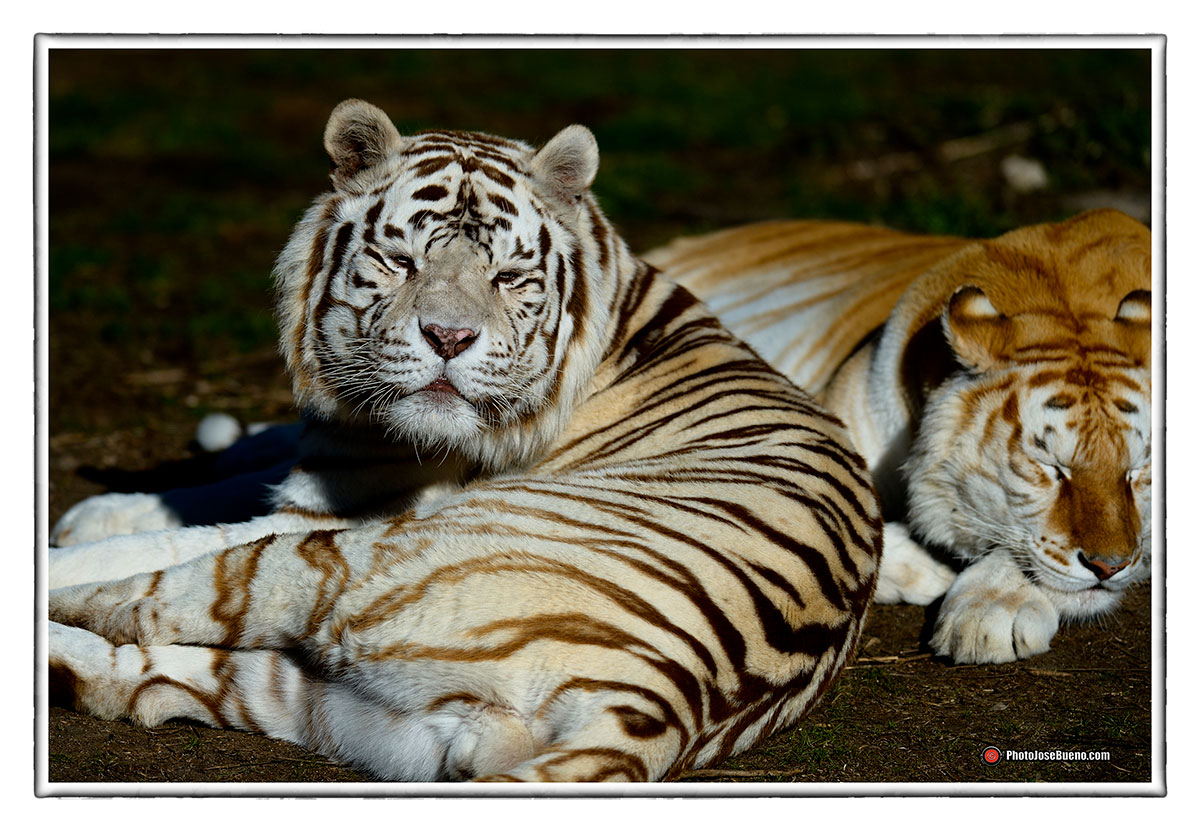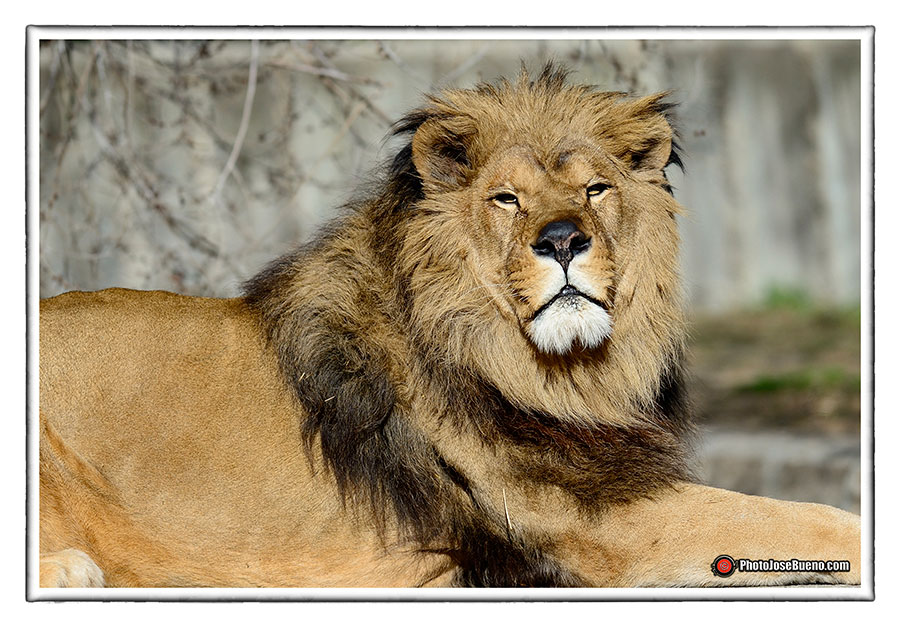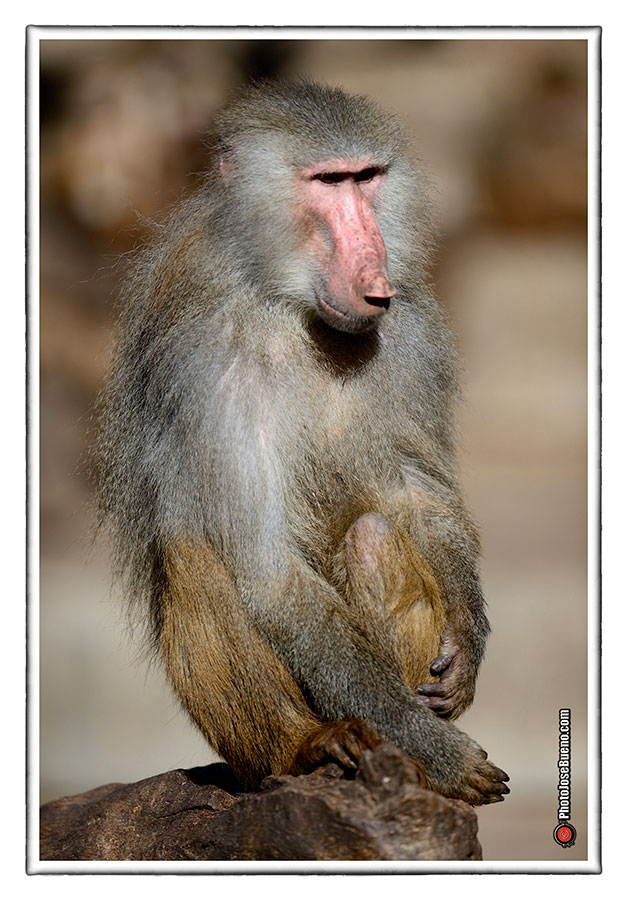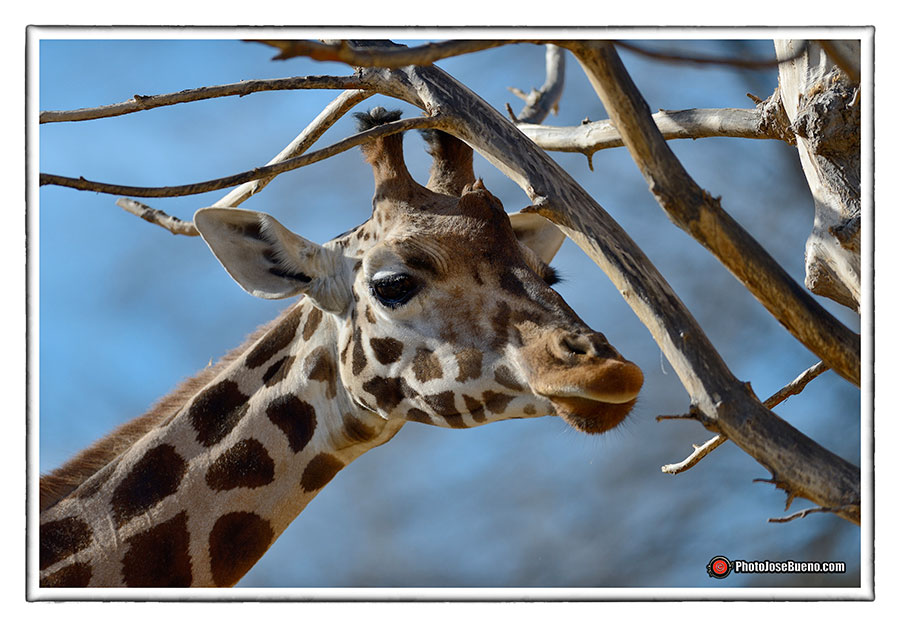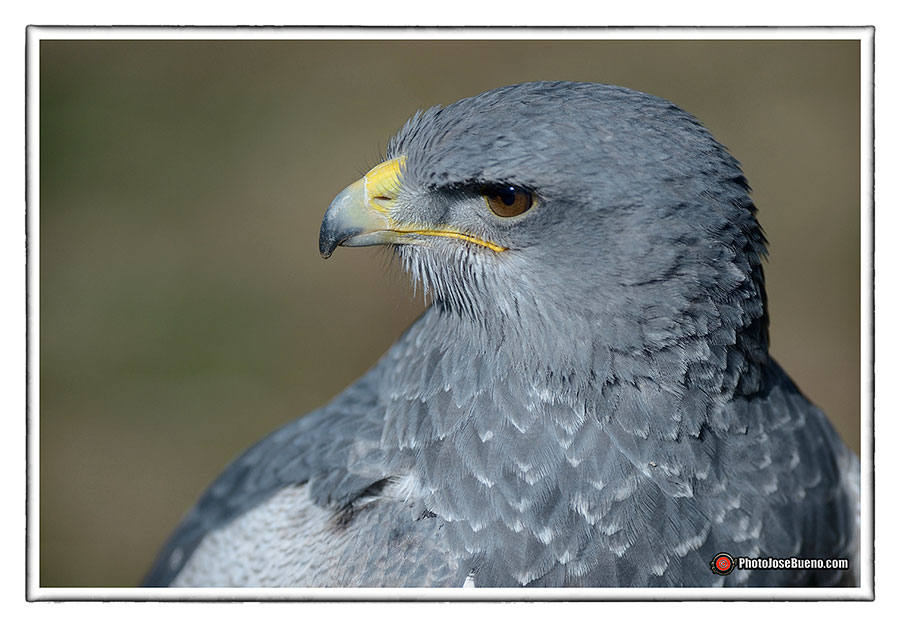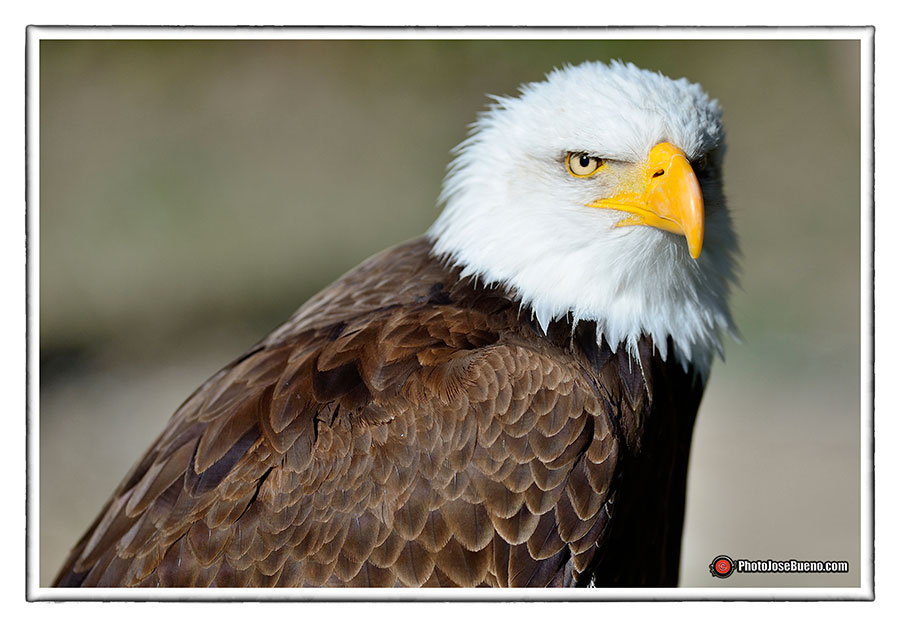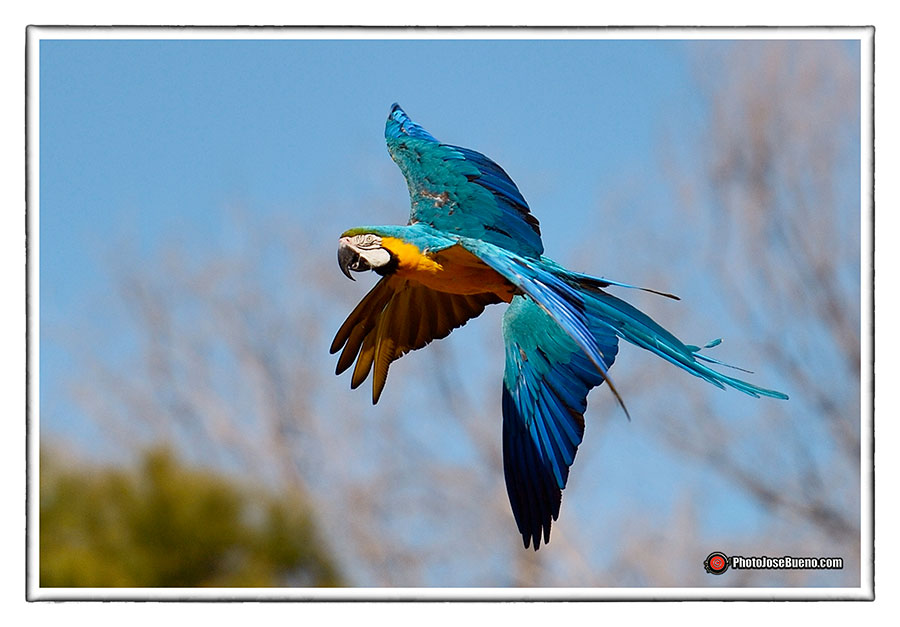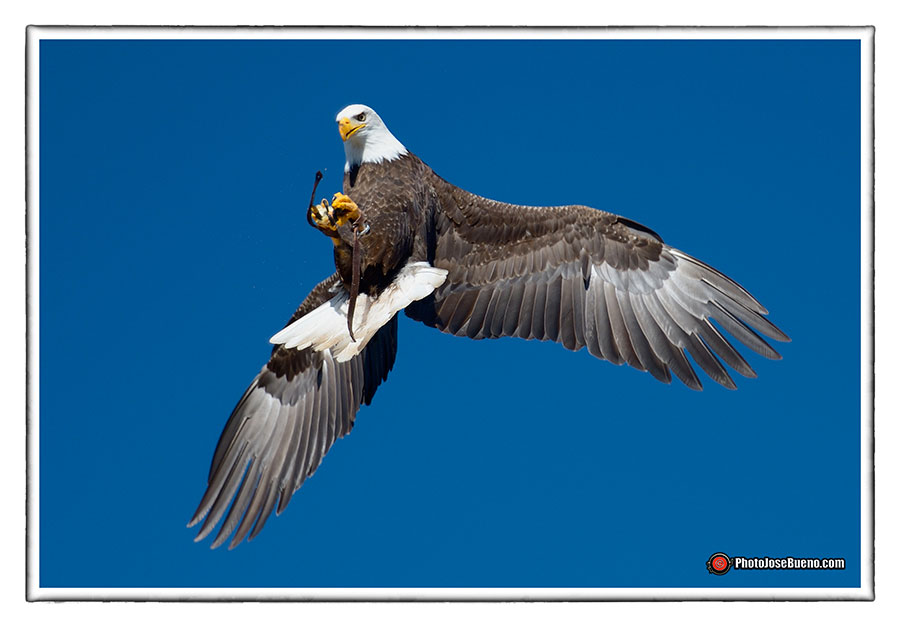La fotografía de naturaleza y animales seguramente es mi favorita pero desgraciadamente solo la puedo practicar esporádicamente. Es un tipo de trabajo en el que además de tener conocimientos de fotografía, es necesario y obligatorio tener amplios conocimientos del hábitat y todo lo que se mueve allí.
Hace poco leí una frase en Facebook que puso una amiga, Pilar Dacruz, también muy amante de los animales que decía “el único disparo que merece un animal es … el disparo de una cámara de fotos”.
Pensando en esa frase, recordaba como a veces el ser humano puede ser tan “salvaje” e injusto con otros seres vivos.
También he de reconocer que me encantaría hacer un safari fotográfico aunque la palabra safari me ruboriza y es que por supuesto que detesto el resto de safaris.
Dicho esto, si os parece bien, nos centraremos en la fotografía. Antes quiero pedir disculpas por nombrar al Parque Nacional del Serengueti en el título de la entrada pues las fotos que comparto aquí están hechas en el zoológico de Madrid.
Es cierto que la elección del título ha sido para provocar la curiosidad pero de paso quiero que veáis la importancia que tienen en nuestras imágenes los fondos.
Los que me conocen saben que soy un maniático de los fondos en todas las imágenes y es que, siempre que sea posible, basta con un simple desenfoque más o menos exagerado junto con un encuadre capaz de eludir esos elementos que molestan en la imagen ofrecerán una fotografía digna de un safari por supuesto fotográfico.
Como si de un viaje a Tanzania se tratase, en una mañana fría de invierno aunque soleada me dirigí al zoo donde había quedado con mi amigo Adolfo para probar distintas configuraciones e incluso el duplicador. Con mi Nikon D4 el Nikkor 70-200mm y el Nikkor 300mm. ambos f:2.8. y el duplicador 1.7 también de Nikkor. No olvidé la pila de repuesto, polarizador y el monopié.
Fue una mañana muy divertida en la que la mejor luz apenas duró una hora pero aún así disfrutamos de lo lindo intercambiando conocimientos y disparando fotos a los distintos animales.
Nada más de entrar nos encontramos en un estanque con los coloridos flamencos que acudían a saludar a los visitantes a cambio de la típica comida. Estas bellas aves las he intentado fotografiar en la naturaleza pero siempre me ha resultado complicado al estar en zonas con acceso restringido.
Hice varias fotografías de los simpáticos flamencos, algunas con el fondo del estanque y los reflejos de los otros flamencos. Muchas de las imágenes aparecen de varios y con sus esbeltas patas pero es posible que te preguntes porqué elegí el encuadre cortando precisamente las patas. Pues bien no te falta razón pero todas estas aves llevan un identificador a modo de DNI en una de sus patas. El foco lo realicé a la cabeza y no es precisamente fácil pues su pequeño tamaño sumado a que no para de moverse, es todo un desafió a los autofocus. Normalmente cuando tengo que hacer enfoques rápidos suelo utilizar el sistema en enfoque contínuo disociado del disparador. Respecto a la medición, no le presté mucha atención y utilicé la matricial en lugar de la puntual. Afortunadamente los Raw permiten todo tipo de corrección.
Un poco más adelante estaban los tigres, posando y con un fondo pasable siempre y cuando hiciésemos un primer plano, cosa que con el 300mm. no es muy complicado. Tan solo tuve que hacer un pequeño recorte y así evitar tener que estar poniendo el duplicador. La medición matricial en este caso con un fondo tan uniforme era perfecto y la medición también utilicé el modo contínuo disociado del disparador aún el posado descarado de estos animales que no se movían ante nada.
De igual manera realicé fotografías al rey de la selva y a uno de los simpáticos mandriles que esperaba de manera paciente que alguien le tirase algún cacahuete.
Cuando llegamos a la zona de las aves rapaces, me emocioné pues me encantas estas maravillas de la naturaleza, capaces de lograr velocidades espectaculares con su perfecta aerodinámica. Estaban atadas a suelo y muy tranquilas posando a todo aquel que se acercaba para hacer una foto. La única dificultad para hacer una foto decente era tener en cuenta una vez más los dichosos fondos de zoológico.
Después fuimos a ver la exhibición de delfines con la idea de dar un descanso a las cámaras y disfrutar con la potencia de esos mamíferos saltando varios metros por encima del agua. Nuestro gozo en un pozo pues vino un señor preguntando si podríamos hacer unas fotos a su hijo que le habían elegido para la exhibición y nuestros aparatosos equipos nos delataban como fotógrafos pro. Por supuesto que las hicimos gustosos y es que su expresión pidiéndonos el favor esa de hacerlo si o si.
Para terminar, justo al lado había otra exhibición que si que era un reto para la cámara y para nuestra destreza. Nada menos que las aves rapaces volando en alguna ocasión a menos de un metro de nosotros. En esta ocasión me sentí como un fotógrafo principiante y es que seguir a esos bichos a la velocidad que van y con una trayectoria imprevista, …., es muy complicado. Acostumbrado a seguir un fórmula 1 que si que va deprisa pero que sabes perfectamente su trayectoria y eso es mucho. Prometo dedicar más tiempo a este tipo de fotografía hasta que consiga imágenes decentes y es que lo bueno de esta profesión es que siempre hay algo que aprender y practicar.
Recuerda siempre la frase «no al maltrato animal». Espero que este pequeño recorrido por un zoológico haya servido para recordar que los fondos, desenfoques y encuadres son muy importantes. Tengo que reconocer que la época buena para visitar el Serengueti me pilla en plena temporada de circuitos pero nunca se sabe. No olvides estar atento a este blog pues de se así gustosamente lo compartiría contigo. Ah! y si te gustó, no olvides compartir con tus amigos, llevamos casi 100.000 visitas, gracias.
Funds, blurs and frames in the Serengeti
Nature photography is probably my favorite but unfortunately I can practice only sporadically. It is a type of work in addition to having knowledge of photography is necessary and required to have extensive knowledge of the habitat and everything that moves there.
I recently read a statement on Facebook that got a friend, Pilar Dacruz also very fond of animals saying » the only shot that deserves an animal is … the shot of a camera .»
Thinking about that phrase, sometimes remembered as man can be as «wild» and unfair to other living beings.
I must admit that I also love to do a photo safari but of course I hate the rest of safaris.
That said, if you think well , we will focus on photography. First I want to apologize for naming the Serengeti National Park in the post title as the photos I share here are made in the zoo in Madrid.
It is true that the choice of title has been to provoke curiosity but I want you to see the step importance in our images funds .
Those who know me know I’m a freak of funds in all pictures is that , whenever possible , just a simple more or less exaggerated blur with a frame capable of avoiding those elements that bother on the image will offer a photograph worthy of a photographic safari course .
Like a trip to Tanzania it were , on a cold but sunny winter morning I went to the zoo where he had stayed with my friend Adolfo to test different configurations and even the duplicator . Nikon D4 with my Nikkor 70 -200mm Nikkor and 300mm. both f : 2.8. and also 1.7 Nikkor doubler . I forgot my spare battery , polarizer and monopod .
It was a fun morning in the best light that only lasted an hour but we still had a great time exchanging knowledge and shooting pictures of the different animals.
Nothing we are entering into a pond with colorful flamingos who came to greet visitors in exchange for the typical food . These beautiful birds I have tried to photograph in nature but have always found it difficult to be in areas with restricted access.
I made several nice pictures of flamingos, some with the bottom of the pond and reflections from other flamingos. Many of the images appear more slender legs and but you may be wondering why I chose the frame precisely cutting the legs . Well you lack reason but all these birds carry an identifier as an ID in one leg . The focus I realized the head and is not exactly easy since its small size coupled with that does not stop moving , it’s all a challenge to autofocus . Usually when I have to do fast approaches usually use the system in continuous trigger approach dissociated . Regarding measurement, did not pay much attention and used the matrix instead of the point . Fortunately Raw allow all types of correction.
A little later were tigers and posing with a passable provided us do background as a foreground , which with 300mm. It is not very complicated . Just had to make a small cut to avoid having to make the duplicator. Matrix metering in this case as uniform background measurement was perfect and also used the continuous trigger mode decoupled still perched blatant of these animals that did not move at all.
Similarly the photographs I made the king of the jungle and one of the friendly baboons waiting patiently for someone to throw it a peanut.
When I got to the area of raptors , I was excited because I enchant these wonders of nature, capable of achieving speeds spectacular with its perfect aerodynamics. They were tied to ground and calm posing all who approached to take a picture . The only difficulty making a decent picture was to address once again the happy zoo funds .
Then we went to see the dolphin show with the idea of giving a break to the cameras and enjoy the power of these mammals jumping several meters above the water . Our hopes were dashed when a man came asking if we could take some pictures to her son who had elected him for display. Of course I did that willingly and that its expression is asking the favor of doing that if or if.
To finish , just off was another exhibition that if it was a challenge for the camera and our skill. None other than raptors flying sometime within a meter of us . This time I felt like a novice photographer and is to keep those bugs at the speed they are going and with an unexpected path, …. , is very complicated. Accustomed to follow a formula 1 if going fast but you know perfectly his career and that’s plenty. I promise to devote more time to this type of photography until I get decent images and the good thing is that this profession is that there is always something to learn and practice .
Remember the phrase «animal abuse». I hope this little tour of a zoo is a reminder that the funds , blurs and frames are very important. I have to admit that the good time to visit the Serengeti catches me in season circuit but one never knows . Be sure to stay tuned to this blog because of it and will gladly share with you. Oh and if you liked it , do not forget to share with your friends , we almost 100,000 visits , thank you.
